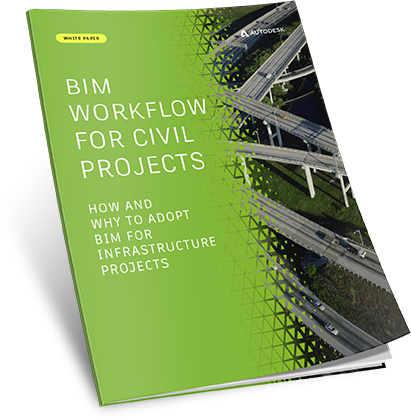The AEC industry may focus on creating and maintaining today‘s changing infrastructure, but the industry itself is evolving as BIM adoption continues to spread.
What‘s been driving this shift toward BIM for the AEC industry?
The simple answer, of course, is money. The benefits of improved design, better management of project schedules, reduced errors, and better control of costs are tangible for all vertical or civil infrastructure projects. The return on investment comes in the form of improved efficiency and money savings when BIM is integrated into the workflow. To learn more, fill out this form to download this report and see how and why to adopt BIM for infrastructure projects.
Want to learn more? Contact us to see how BIM can make your business better.

Overall, BIM adoption in North America was at just 17 percent in 2007, but it jumped to more than 70 percent by 2012.
Most industry professionals agree that the development of standards is key to unleashing BIM‘s full power and advancing the tool within the industry. The establishment of common standards and guidelines are among one of the primary goals of the authors of the EU BIM Handbook.
One of the cost common factors cited as influential to the impact and success of BIM on civil projects is the complexity and scale of the project, as well as the size of the organization embarking on the project.
Per Dodge Data and Analytics’ data, 80% of medium practices (16-50 staff) and 78% of large practices (51+ staff) have adopted BIM. Yet only two-thirds of smaller practices (with 15 or fewer staff) describe themselves as having adopted BIM.
Report Created By:

A key element is the integration of BIM tools and processes within planning, design, and construction firms, as well as with all stakeholders across the entire project life cycle. Collaborative workflows that break down barriers are central to improved processes and better-quality project outcomes.